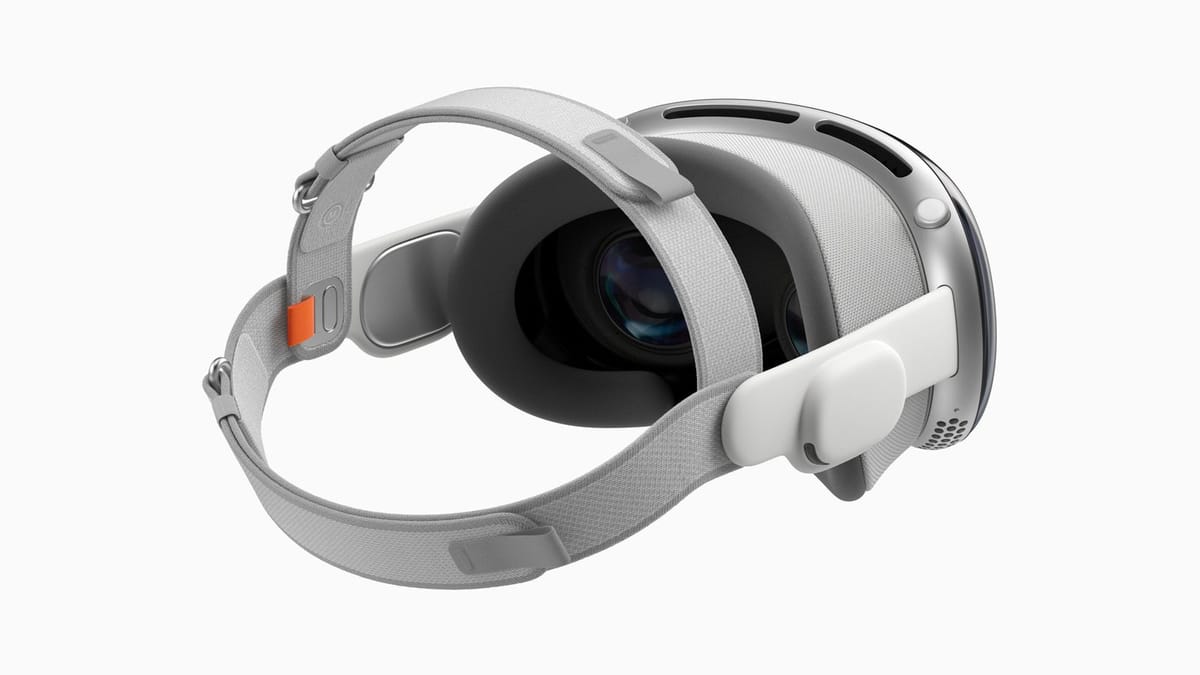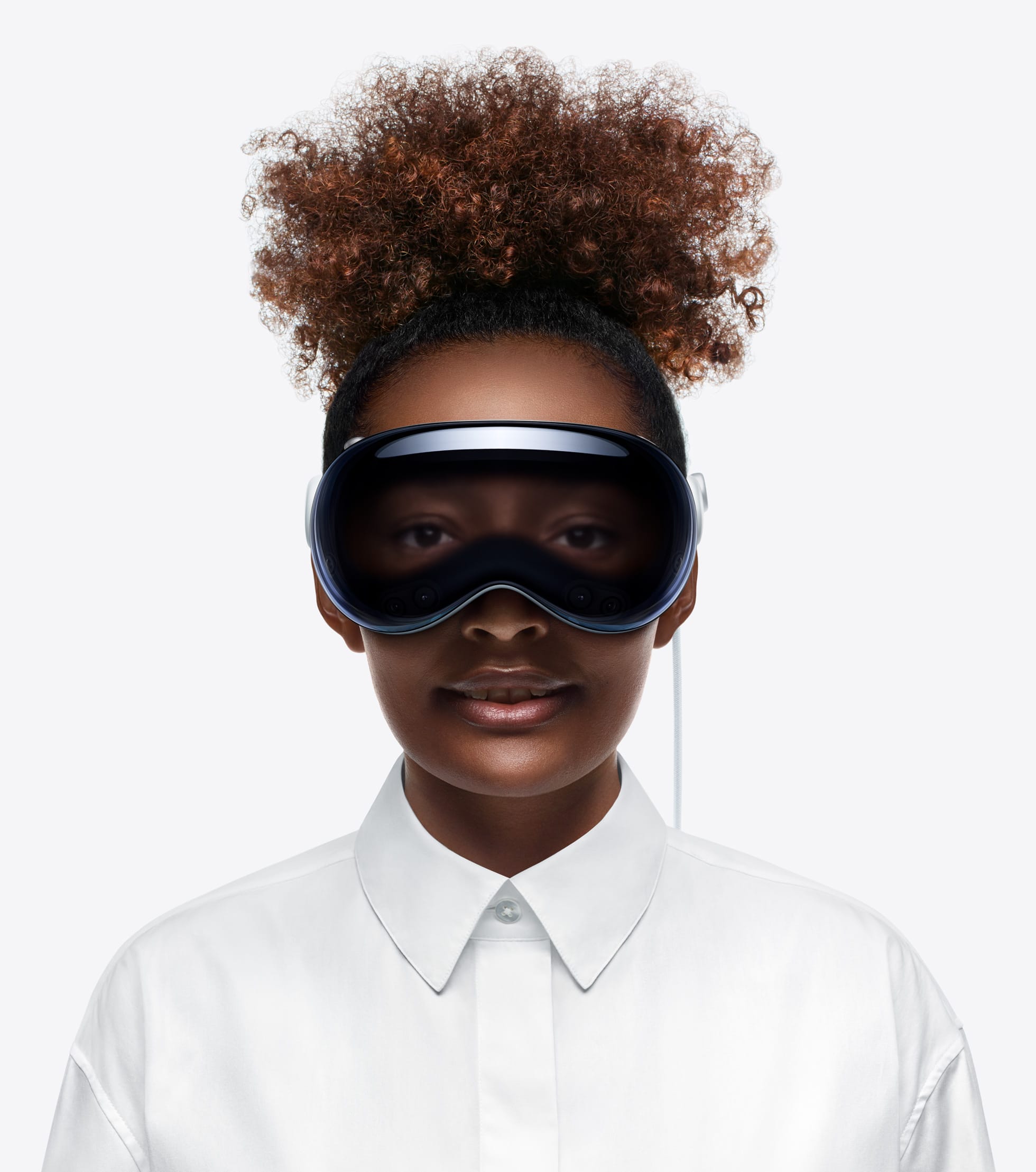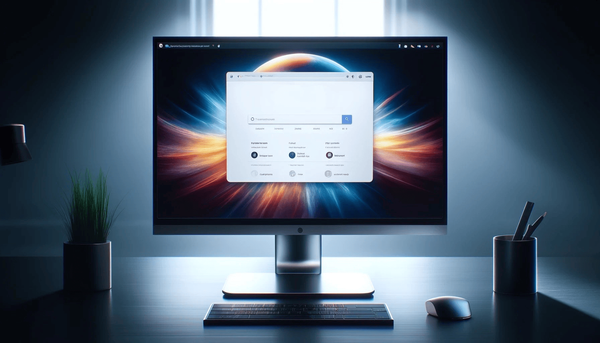Apple Vision Pro — The Missing Apple Keynote Case
Apple finally announces Apple Vision availability via a press release. No keynote required. Really?

It’s now official: Apple Vision goes on sale on January 19th and can be yours, provided you live in the US and visit an Apple Store on February 2. Oh, and if you can pay the asking price of 3499 US$.
The press release includes some new details about the headset: 256 GB of storage and 2.5 hours of 2D video playback time, and the price of optical inserts starts at 99 US$. But what else can we learn from the press release? Visually speaking, we get to see a new variant of the straps that will keep the headset secure on your head (as shown on this article’s header image). And that’s it. Apple didn’t include updated materials for this highly anticipated press release.
Oh, and Apple Vision Pro is now called Apple Vision.
However, we can derive a few other exciting things from this press release. The order in which Apple refers to possible use cases for Apple Vision is fascinating: productivity comes before media consumption. I find this surprising. I would have expected that Apple push content consumption first because it’s probably one of the best use cases while we wait for another killer app.
Apple Vision is a unique device for Apple to sell and requires a unique go-to-market strategy. Comparing the headset’s release to what Apple did for the Apple Watch is a mistake. Why? Walk-in visitors can see and experience an Apple Watch pretty quickly, but for the headset, demos will probably be on appointment only, limiting the product’s exposure to potential customers.
Let’s face it: Apple can’t sell millions of headsets in a weekend. They probably won’t even sell a million in the first twelve months. If past experience by some members of the tech press who got a chance to test Apple Vision is any indication, using the device requires a unique setup compared to setting up an iPhone with Face ID. The Apple Vision final setup process will probably be shorter than the initial demos, thanks to optimizations by Apple engineers, but still…
Apparently, there won’t be an Apple keynote; Apple thinks a press release is enough. This made some tech pundits question Apple’s strategy. Should there have been a new keynote for the official launch of the Apple Vision? Considering the unique nature of the device, the unique sale process and possibly limited availability of the device, I don’t think so.
Apple is counting on early adopters to share their experiences on social networks and YouTube to spread the news and keep the excitement high for weeks and months. As explained earlier, this strategy also aligns with Apple’s limited capacity to deliver the handsets to customers. In 2024, everything will improve. Many developers will buy the headset to keep it and learn the platform’s uniqueness. Apple will learn and tweak the sales process. The general public will become acquainted with Apple Vision and its capabilities. Apple will iterate and accelerate the cadence. This is how Apple operates.
It’s better for Apple to play it on the safe side and get ready to react quickly to any surprises that might crop up along the way. If Apple faces any failures, even the smallest ones, the tech pundits will promptly notice and spread the bad news. Apple, under Tim Cook, doesn’t want that. Tim Cook plays it safe.
Oh, we got an ad using a similar storyline as the first iPhone teaser. It’s clever but not as effective. Such a unique device could have earned its unique storyline.
Are you ready for this?




